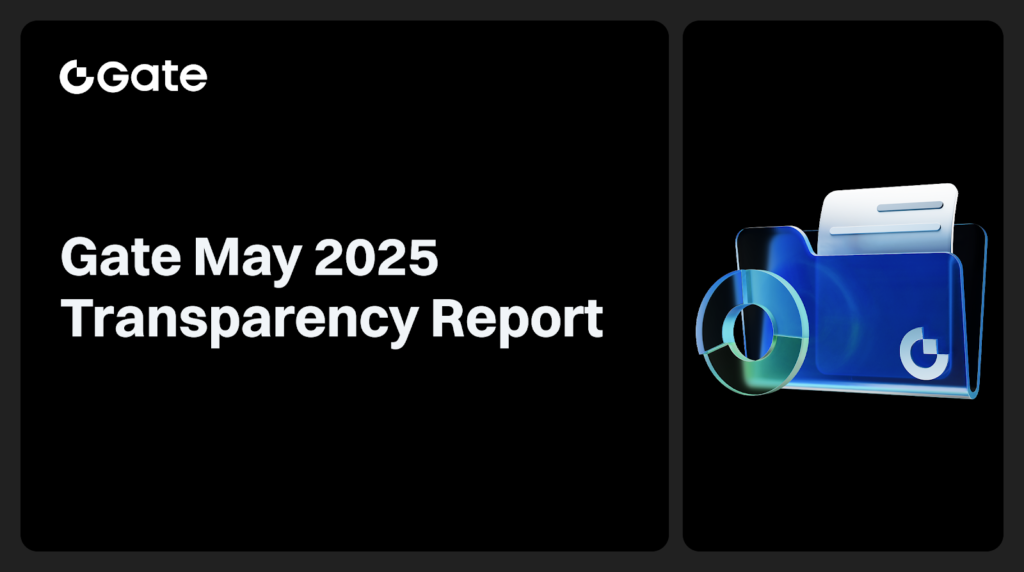Introduction
A crypto security audit is a process that evaluates the security of a cryptocurrency system, such as an exchange, wallet, or smart contract. A security audit is essential to ensure the integrity and safety of the cryptocurrency system and prevent cyber attacks. In this guide, we will discuss the importance of crypto security audits and the steps involved in conducting an audit.
Why Conduct a Crypto Security Audit?
A crypto security audit can identify vulnerabilities and weaknesses in a cryptocurrency system and provide recommendations to improve its security. A security audit can also help detect and prevent cyber attacks, such as hacks, thefts, and fraud. Additionally, conducting a security audit can enhance the credibility and reputation of a cryptocurrency system, as it shows a commitment to security and customer protection.
Steps to Conduct a Crypto Security Audit
Step 1: Define Objectives and Scope
The first step in conducting a security audit is to define the objectives and scope of the audit. This includes identifying the assets to be audited, such as software code, hardware devices, and network infrastructure, and determining the audit criteria, such as security standards and regulations.
Step 2: Collect Information and Data
The second step is to collect information and data about the cryptocurrency system, such as its architecture, software components, protocols, and APIs. This includes reviewing documentation, interviewing stakeholders, and analyzing system logs and reports.
Step 3: Analyze Security Risks
The third step is to analyze security risks and vulnerabilities in the cryptocurrency system. This includes identifying potential attack vectors, such as social engineering, malware, or DDoS attacks, and assessing the likelihood and impact of each risk.
Step 4: Develop Recommendations
The fourth step is to develop recommendations to mitigate security risks and vulnerabilities. This includes providing actionable steps and best practices for improving security, such as implementing encryption, multi-factor authentication, or access control policies.
Step 5: Test and Validate Findings
The fifth step is to test and validate the findings and recommendations from the security audit. This includes conducting penetration testing, vulnerability scanning, and other security testing methods to confirm the effectiveness of the recommended security measures.
Types of Crypto Security Audits
There are different types of crypto security audits, including white-box, black-box, and gray-box audits. A white-box audit involves examining the internal structure and design of a cryptocurrency system, while a black-box audit tests the system from an external perspective. A gray-box audit combines elements of both white-box and black-box audits, providing a more comprehensive evaluation of the system’s security.
Benefits of Crypto Security Audits

Conducting a crypto security audit can provide numerous benefits, such as identifying vulnerabilities and weaknesses in the system, improving security measures, and building customer trust and confidence. Additionally, a security audit can help organizations comply with security standards and regulations, such as the General Data Protection Regulation (GDPR) and the Payment Card Industry Data Security Standard (PCI DSS).
Risks of Not Conducting a Crypto Security Audit
Not conducting a security audit can expose a cryptocurrency system to numerous risks, such as cyber attacks, fraud, theft, and reputational damage. A security breach can lead to significant financial losses and erode customer trust, resulting in long-term damage to the organization’s reputation.
Choosing a Crypto Security Audit Provider
Choosing a reputable crypto security audit provider is essential to ensuring a thorough and effective security audit. It’s essential to research potential providers, evaluate their expertise and experience in conducting security audits, and review customer feedback and reviews. Additionally, it’s important to choose a provider that follows industry best practices and has a proven track record of conducting effective security audits.
Smart Contract Audits
Smart contracts are self-executing contracts with the terms of the agreement directly written into code. Smart contract audits are a critical aspect of ensuring the security of a blockchain-based application, as any vulnerabilities or errors in the code could result in significant financial losses. Smart contract audits typically involve reviewing the code for potential security risks, testing the code for functionality, and providing recommendations for improving security measures.
Open-Source Audits
Open-source software is software with its source code made available to the public, allowing developers to view and modify the code. Open-source audits are a type of security audit that focuses on reviewing and testing the open-source components of a cryptocurrency system, such as libraries, frameworks, and protocols. Open-source audits are essential to identifying potential security risks and vulnerabilities in these components and providing recommendations for improving security.
Third-Party Audits
Third-party audits are security audits conducted by independent third-party organizations that specialize in security testing and evaluation. Third-party audits are beneficial for ensuring the impartiality and objectivity of the security audit and providing an external perspective on the security of the cryptocurrency system. Additionally, third-party audits can help organizations comply with security standards and regulations.
Continuous Auditing
Continuous auditing is an approach to security auditing that involves conducting ongoing security assessments and evaluations of a cryptocurrency system. Continuous auditing is beneficial for identifying potential security risks and vulnerabilities in real-time and providing timely recommendations for improving security measures. Additionally, continuous auditing can help organizations stay up-to-date with evolving security threats and best practices.
Two-Factor Authentication
Two-factor authentication (2FA) is a security measure that requires users to provide two forms of identification before accessing their cryptocurrency account. This typically involves providing a password and a unique code generated by a separate device or app. 2FA can help prevent unauthorized access to cryptocurrency accounts, providing an extra layer of security beyond passwords.
Multi-Signature Wallets
Multi-signature wallets are wallets that require multiple signatures to authorize a cryptocurrency transaction. This typically involves multiple users or devices, each providing a unique signature to complete the transaction. Multi-signature wallets can help prevent unauthorized access to cryptocurrency funds and provide an additional layer of security beyond single-signature wallets.
Cold Storage
Cold storage refers to the practice of storing cryptocurrency assets offline, such as on a hardware wallet or a paper wallet. Cold storage can help protect cryptocurrency assets from cyber attacks, as offline storage is typically more secure than online storage. However, it’s essential to take appropriate measures to secure the physical storage medium, such as keeping it in a safe or secure location.
Regular Updates
Regularly updating software and firmware is essential to maintaining the security of a cryptocurrency system. Updates often include security patches and bug fixes that can prevent potential security risks and vulnerabilities. It’s essential to regularly check for updates and install them promptly to ensure the system’s security.
Education and Training
Education and training are crucial to maintaining the security of a cryptocurrency system. This includes educating users about best practices for security, such as password hygiene, avoiding phishing scams, and enabling 2FA. Additionally, providing training for employees on security protocols and procedures can help prevent insider threats and other security risks.
Insurance
Crypto insurance is a type of insurance policy that covers losses due to theft or other security breaches of cryptocurrency assets. Crypto insurance can provide investors with peace of mind and protection against potential financial losses due to security breaches. However, it’s essential to review the terms and conditions of the policy carefully and understand any exclusions or limitations.
Regulation and Compliance
Regulation and compliance are crucial aspects of ensuring the security and integrity of the cryptocurrency industry. Regulations and compliance requirements can help prevent fraud, money laundering, and other criminal activities. Additionally, complying with security standards and regulations can help build customer trust and confidence in the cryptocurrency system.
Transparency
Transparency is essential to maintaining the integrity and credibility of a cryptocurrency system. This includes providing clear and accurate information about the system’s security measures, policies, and procedures. Additionally, providing regular updates on security incidents and breaches can help build trust and confidence in the cryptocurrency system.
Incident Response Planning
Incident response planning involves developing a plan for responding to potential security incidents or breaches. This includes identifying potential risks and vulnerabilities, developing response procedures, and training employees on incident response protocols. Incident response planning can help minimize the impact of a security incident and prevent further damage.
Blockchain Analytics
Blockchain analytics involves using data analysis techniques to identify potential security risks and vulnerabilities in blockchain transactions. Blockchain analytics can help detect fraudulent or suspicious transactions and provide insight into potential security threats. Additionally, blockchain analytics can help identify potential compliance issues and ensure regulatory compliance.
Conclusion
In conclusion, a crypto security audit is an essential process to evaluate and improve the security of a cryptocurrency system. By following the steps outlined in this guide, organizations can ensure the integrity and safety of their cryptocurrency systems and prevent cyber attacks. Additionally, conducting a security audit can enhance the credibility and reputation of a cryptocurrency system, demonstrating a commitment to security and customer protection.













